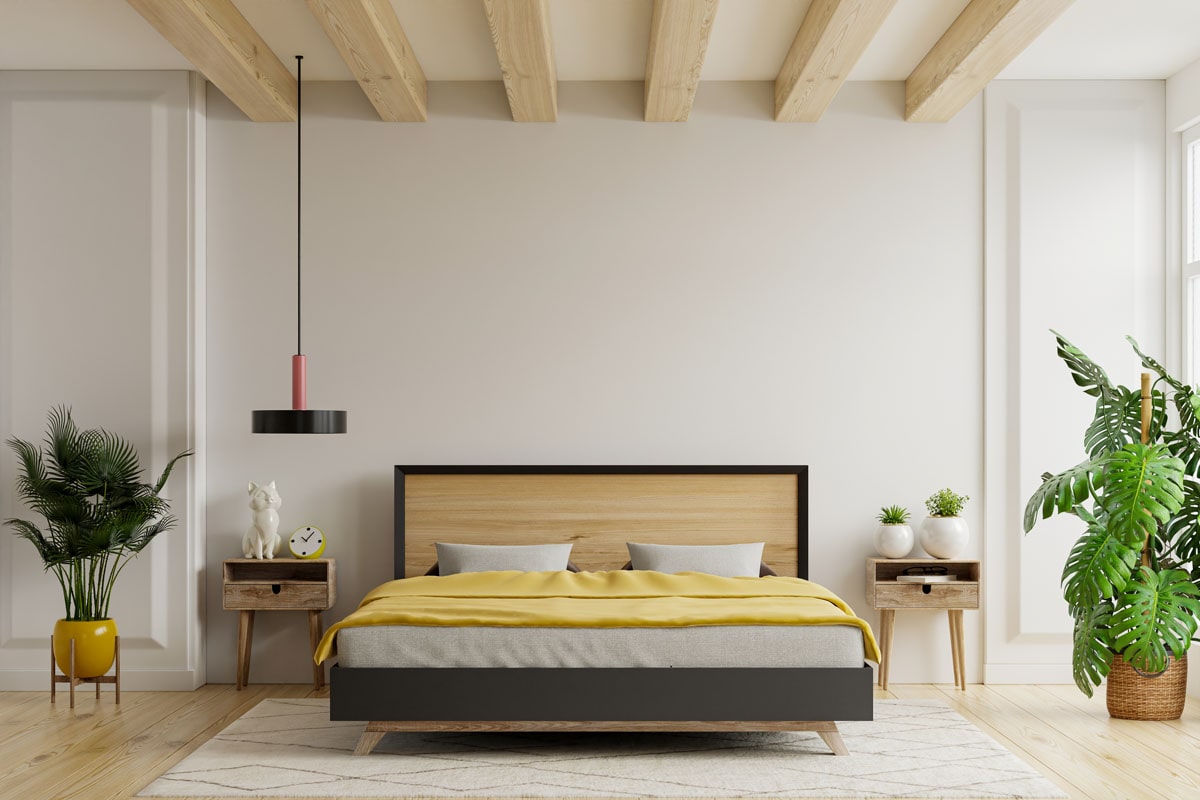In the realm of interior design, every detail matters – from the color of the walls to the choice of furniture, every element contributes to the overall ambiance of a space. One often underestimated yet significant element of home decor is the humble clock. Clocks have transcended their utilitarian origins to become stylish and captivating pieces of art that can enhance the aesthetic appeal of any room. This article delves into the world of clocks as home decor, exploring their history, types, and tips to find the perfect match for your living spaces.
The Historical Significance of Clocks in Home Decor
The incorporation of clocks into home decor is not a modern phenomenon; it has a rich history that dates back centuries. The earliest mechanical clocks were marvels of engineering and craftsmanship, often displayed in prominent places such as town squares and cathedrals. As technology advanced, clocks found their way into more private spaces, including homes of the elite.
During the Renaissance, clocks transformed into works of art, featuring intricate designs, ornate detailing, and luxurious materials. These timepieces were not merely tools for telling time but also status symbols that showcased the owner’s wealth and taste. Fast forward to the present, and clocks have retained their dual functionality as timekeepers and decor elements, albeit with a modern twist.
Types of Clocks as Home Decor
Clocks come in a multitude of styles, shapes, and sizes, making it easy to find the perfect match for any interior design scheme. Here are some popular types of clocks that can elevate the aesthetics of your home:
Wall Clocks: Wall clocks are perhaps the most common type of clock used as home decor. They come in a variety of designs, ranging from sleek and minimalist to ornate and vintage. For a contemporary look, consider a large, statement wall clock with clean lines. Alternatively, an antique wall clock can add a touch of nostalgia and elegance to your space.
Mantel Clocks: Mantel clocks are designed to be placed on a fireplace mantel, shelf, or any flat surface. These clocks often have decorative cases and may incorporate elements like chimes for a classic touch. A mantel clock can be a focal point of a room, especially if it complements the overall design theme.
Grandfather Clocks: Also known as longcase clocks, grandfather clocks are tall freestanding timepieces that exude sophistication. These clocks are often intricately designed and can instantly elevate the ambiance of a room. They are particularly suitable for traditional or formal settings.
Table Clocks: Table clocks come in various shapes and sizes and can be placed on desks, bedside tables, or shelves. They are versatile and can adapt to different interior styles. A modern table clock with sleek lines can complement a contemporary decor, while a vintage-style table clock can add character to a rustic setting.
Cuckoo Clocks: Cuckoo clocks are whimsical and charming additions to any home decor. Originating from the Black Forest region of Germany, these clocks feature a bird that emerges to announce the time with its distinctive call. Cuckoo clocks are often handcrafted and can bring a touch of folk art to your space.
Finding the Perfect Match: Tips for Choosing a Clock
Selecting the right clock for your home decor involves more than just picking a design you like. Here are some tips to help you find the perfect match:
Consider the Style: Take into account the overall style of your home when choosing a clock. If your decor is modern and minimalistic, opt for a clock with clean lines and a simple design. For a vintage or traditional setting, an antique-style clock with intricate detailing can be a great fit.
Size Matters: The size of the clock should be proportionate to the size of the wall or surface it will be placed on. A tiny clock might get lost on a large wall, while an oversized clock could overwhelm a small room. Measure the available space and choose a clock that complements it.
Color and Materials: Clocks are available in a wide range of colors and materials. Consider the existing color palette of your room and choose a clock that either complements or contrasts with it. Wooden clocks can add warmth, while metal clocks can provide a contemporary edge.
Functionality: While clocks are undoubtedly decorative, their primary function is to tell time. Ensure that the clock’s hands and numerals are easy to read. If you opt for a clock with additional features like chimes or alarms, make sure they align with your lifestyle and preferences.
Personal Touch: A clock can be a reflection of your personality and interests. Look for clocks that resonate with you on a personal level. For example, if you’re a travel enthusiast, a clock with a world map design could be a unique choice.
Placement: Consider where the clock will be placed and how it will interact with the surrounding decor. A clock should complement other decorative elements in the room without competing for attention.
Incorporating Clocks into Different Rooms
Different rooms have different requirements when it comes to decor. Here’s how you can incorporate clocks into various spaces:
Living Room: The living room is often a hub of activity and a showcase of your design style. A well-chosen clock can serve as a focal point. Consider a large wall clock with a distinctive design that captures attention as soon as someone enters the room.
Kitchen: In the kitchen, functionality is key. A clock with easy-to-read numerals and hands can be both decorative and practical. Look for clocks with water-resistant features to protect them from splashes and spills.
Bedroom: In the bedroom, a clock’s design should be soothing and conducive to relaxation. A subtle table clock on your bedside table or a wall clock with soft colors can enhance the tranquility of the space.
Home Office: For a home office, a clock with a sleek and modern design can enhance productivity. Consider a digital clock with additional features like temperature display or timers to assist in your work.
Children’s Room: Clocks can also be educational tools for children. Opt for colorful and playful designs that help kids learn to read the time. This is an opportunity to infuse creativity and fun into the decor.
Maintenance and Care
Once you’ve found the perfect clock for your home decor, it’s essential to take proper care of it to ensure its longevity and continued appeal. Here are some maintenance tips:
Regular Dusting: Dust your clock regularly to prevent dirt and grime from accumulating on its surface. Use a soft, lint-free cloth to gently wipe down the clock.
Battery Replacement: If your clock is battery-operated, keep track of battery life and replace them as needed. Many modern clocks have low-battery indicators, but it’s always a good idea to have spare batteries on hand.
Mechanical Clocks: If you own a mechanical clock, such as a grandfather clock or mantel clock, consider getting it serviced by a professional every few years. This ensures that the clock continues to function accurately and smoothly.
Avoid Direct Sunlight: Prolonged exposure to direct sunlight can cause the colors of your clock’s materials to fade. Place your clock in a location where it won’t be subjected to harsh sunlight.
Temperature and Humidity: Extreme temperature and humidity levels can impact the functioning of your clock, especially if it’s a mechanical one. Keep your clock in a stable environment to prevent unnecessary wear and tear.
In Conclusion
Clocks have come a long way from being mere timekeeping devices. They now serve as captivating pieces of art that can enhance the beauty and ambiance of any room. By carefully considering the style, size, and placement of a clock, you can find the perfect match for your home decor. Whether you opt for a sleek modern design or a vintage masterpiece, a well-chosen clock can be a timeless addition to your living spaces, making a statement while standing the test of time.




